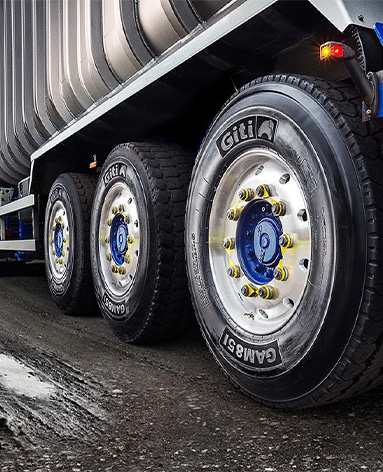Aug . 01, 2024 03:42 Back to list
Switching from Brake Drums to Disc Brakes for Improved Vehicle Performance and Safety
Replacing Brake Drums with Discs A Safer and More Efficient Choice
The evolution of automotive technology has brought forth numerous advancements aimed at enhancing vehicle performance and safety. Among these innovations is the transition from traditional brake drums to modern disc brakes, a change that has gained significant traction in both the automotive industry and among vehicle owners. The debate over replacing brake drums with discs raises critical points about safety, efficiency, and overall vehicle performance.
Understanding Brake Drums and Discs
Brake drums have been a fixture in automotive braking systems for many decades, primarily in older and less expensive vehicles. They operate using a system of brake shoes that press against the inner surface of the drum, creating friction to slow down or stop the vehicle. While effective, this system has several drawbacks, particularly in performance and heat dissipation.
In contrast, disc brakes use a flat, circular disc or rotor that is clamped by brake pads, using hydraulic pressure to create friction. This design allows for quicker heat dissipation, reduced brake fade, and improved braking efficiency, particularly in high-performance or heavy-load scenarios.
Safety Benefits of Disc Brakes
One of the most compelling reasons to replace brake drums with discs is the enhanced safety features they offer. Disc brakes provide more consistent stopping power, especially under heavy braking conditions. This consistency is crucial during emergency situations, where every fraction of a second counts. Additionally, disc brakes are less prone to overheating, which can lead to brake fade—a reduction in braking effectiveness that can occur when the brake components get too hot. This is particularly problematic in steep driving conditions or during extensive stop-and-go traffic.
replace brake drums with discs

Moreover, the design of disc brakes allows for better moisture dispersion. Brake drums can trap water and quickly degrade braking efficiency, especially in wet conditions. Disc brakes, however, naturally channel away moisture, ensuring reliable braking performance in various weather conditions.
Performance and Maintenance Considerations
From a performance perspective, vehicles equipped with disc brakes generally exhibit superior handling and responsiveness. The lower rotational mass of disc brakes contributes to improved acceleration and deceleration dynamics, which enhances the overall driving experience. Furthermore, because disc brakes typically require less maintenance than drum brakes—due to their better performance and durability—vehicle owners can save both time and money in the long run.
The durability of disc brakes also extends to their components. While brake pads may need replacing from time to time, rotors can often last longer than brake drums, especially when properly maintained. This resilience makes disc brakes a more cost-effective solution over the lifespan of a vehicle.
Conclusion
In conclusion, the transition from brake drums to disc brakes presents a myriad of advantages that cannot be overlooked. The enhanced safety, performance, and maintenance benefits make disc brakes a compelling choice for both new vehicle designs and retrofitting existing vehicles. As more drivers become aware of these benefits, it’s likely that the use of disc brakes will continue to rise.
For anyone considering an upgrade or replacement, investing in disc brakes is not only a decision rooted in modern automotive safety standards but also a move towards a more enjoyable and responsive driving experience. Thus, moving away from traditional brake drums and embracing the advancements offered by disc brakes represents a significant step forward in automotive technology.
-
Scania Brake Drums: OEM Quality for Optimal Safety & Durability
NewsAug.16,2025
-
R.V.I: Advanced Remote Visual Inspection for Precision
NewsAug.15,2025
-
Discover HYUNDA: Innovative Vehicles, Equipment & Solutions
NewsAug.14,2025
-
R.V.I: Unlock Advanced Insights & Real-time Performance
NewsAug.13,2025
-
Kamaz Brake Drum: Durable & Reliable for Heavy Duty Trucks
NewsAug.12,2025
-
Heavy Duty Iveco Brake Drum - Premium Quality & Safety
NewsAug.11,2025
